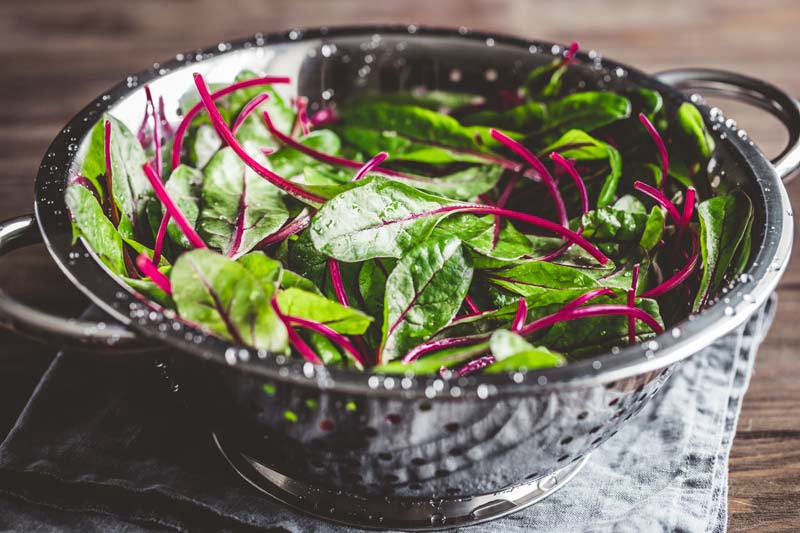From Hawthorne Valley Farm
This recipe is delicious served over rice or soba noodles, with miso, or eaten alone.

1 bunch swiss chard (cleaned)
1 T peanut oil
1 T garlic (minced)
1 T soy sauce
black pepper (freshly ground)
Cut off and discard thick stem ends of chard.
Cut out ribs
Chop ribs into 2-inch pieces, set aside ina pile
Stack the leaves in small piles, coarsely chop them.
Heat oil in large skillet over medium-high flame.
Add ribs
Toss and cook 1-2 minutes
Add leaves and garlic
Continue to cook, tossing often until chard begins to wilt, 2-3 minutes
Stir in soy sauce and hoisin sauce
Cook until chard is tender, 1-3 minutes longer
Pepper to taste.
Serve immediately.
Sign up for our newsletter to receive updates about the farm, recipes and more!
This area is inspired by traditional Indigenous Medicine Wheel gardens. The four quadrants represent the four directions and four seasons. We created this garden to provide an opportunity to learn, teach and honour traditional Indigenous practices, perspectives and being.
– Etobicoke Outdoor Education Centre